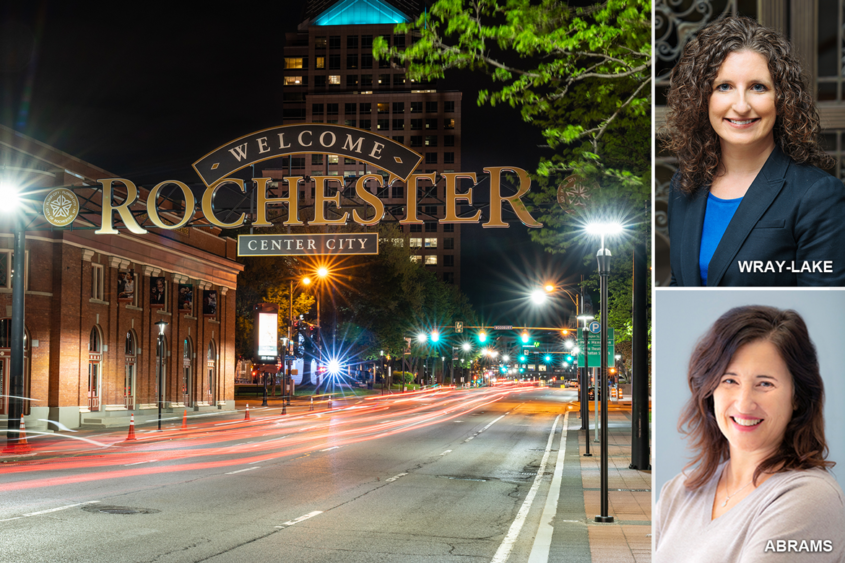
Listening to — and Learning From — Urban Youth of Color New research by UCLA Luskin faculty finds young people who are actively engaged in civic improvement and eager to be heard about solutions
By Les Dunseith
In places where exposure to violence is prevalent, those seeking to advance causes on behalf of urban youth of color should start by listening to the young people themselves, according to a new publication from two UCLA faculty members.
What do such youth say about violence in their neighborhoods?
“You see it everywhere. You could ride down the street, you would see somebody arguing. You go down another street, see somebody fighting,” said Justin, a 17-year-old black and Asian youth.
“I don’t like it. It’s too many killings. … I can’t choose, I can’t do nothing about it. I’m still young,” said Salome, a 16-year-old Latina.
So, what can be done — and by whom?
“We all have to communicate and cooperate. … I just feel like if everybody just came together and put their minds together about what the community should be and how it should be, I think the community would probably be much better place for kids to grow up,” said Jamal, a 17-year-old black youth.
“Why we got a mouth?” asked Kendra, a 15-year-old black youth. “Our opinions do matter. It can even change the world.”
These four interviewees were among 87 youth living in high-poverty neighborhoods in Rochester, New York, who spoke with Associate Professor Laura Wray-Lake for a qualitative study of youth engagement. She was joined in analyzing the information by co-author Laura S. Abrams, professor and chair of UCLA Luskin Social Welfare. Their monograph — essentially an eight-chapter book on one topic — was made available online May 12 by Monographs for the Society of Research on Child Development, a respected quarterly journal.
“The purpose of the study was to understand how civic engagement is defined and experienced by these youth of color in their own words and from their own perspectives. We also wanted to know what assets and adversities young people experienced that shaped their civic engagement,” Wray-Lake said of the publication, “Pathways to Civic Engagement Among Urban Youth of Color.”
The monograph, which is accompanied online by teaching and outreach materials, is based on data collected by Wray-Lake in 2015-16 when she was on the faculty at University of Rochester. The interviewees ranged in age from 12 to 19, and were mostly black (61%) or multiracial black (27%). A majority (60%) were male. About one-quarter had parents who had completed high school, and 36% had a parent who attended at least some college.
The study participants did more than just express strong opinions. Many took action to benefit others. The most common type of civic engagement was helping out in the community — mentoring younger children at the recreation center, for example, or participating in an annual community cleanup. Some youth helped their neighbors by mowing lawns or shoveling snow.
“Some youth were civically engaged by intervening to protect others from harm, and this was a form of civic engagement not often recognized in the literature,” Wray-Lake said. “A number of youth described helping to stop or break up fights to protect a friend, or talking a friend out of joining a gang.”
Although political engagement was much less common among the youth she interviewed, Wray-Lake said a few talked about sharing posts on social media to speak out against injustice or joining marches or protests against gun violence.
The monograph is based upon work funded by the Corporation for National and Community Service (CNCS). Wray-Lake sees value in publishing it during a time when the COVID-19 pandemic has radically changed the ways that youth can connect with others, navigate community spaces and participate in civic life.
“In this time when people are confined to their homes, we hope this work contributes to conversations about reimaging community spaces for youth that are safe, supportive and prioritize their voices,” Wray-Lake said.
She and Abrams believe the findings can lead to more-informed policies related to investing in safe spaces and community-led anti-violence initiatives for urban youth of color.
Civic empowerment was one of two key factors that influenced the level of engagement among study participants.
The other?
Feeling heard and supported by adults.


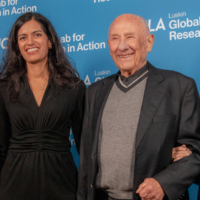
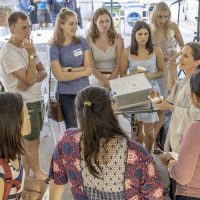
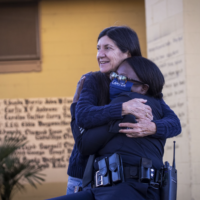
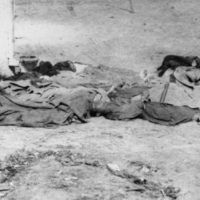


Leave a Reply
Want to join the discussion?Feel free to contribute!